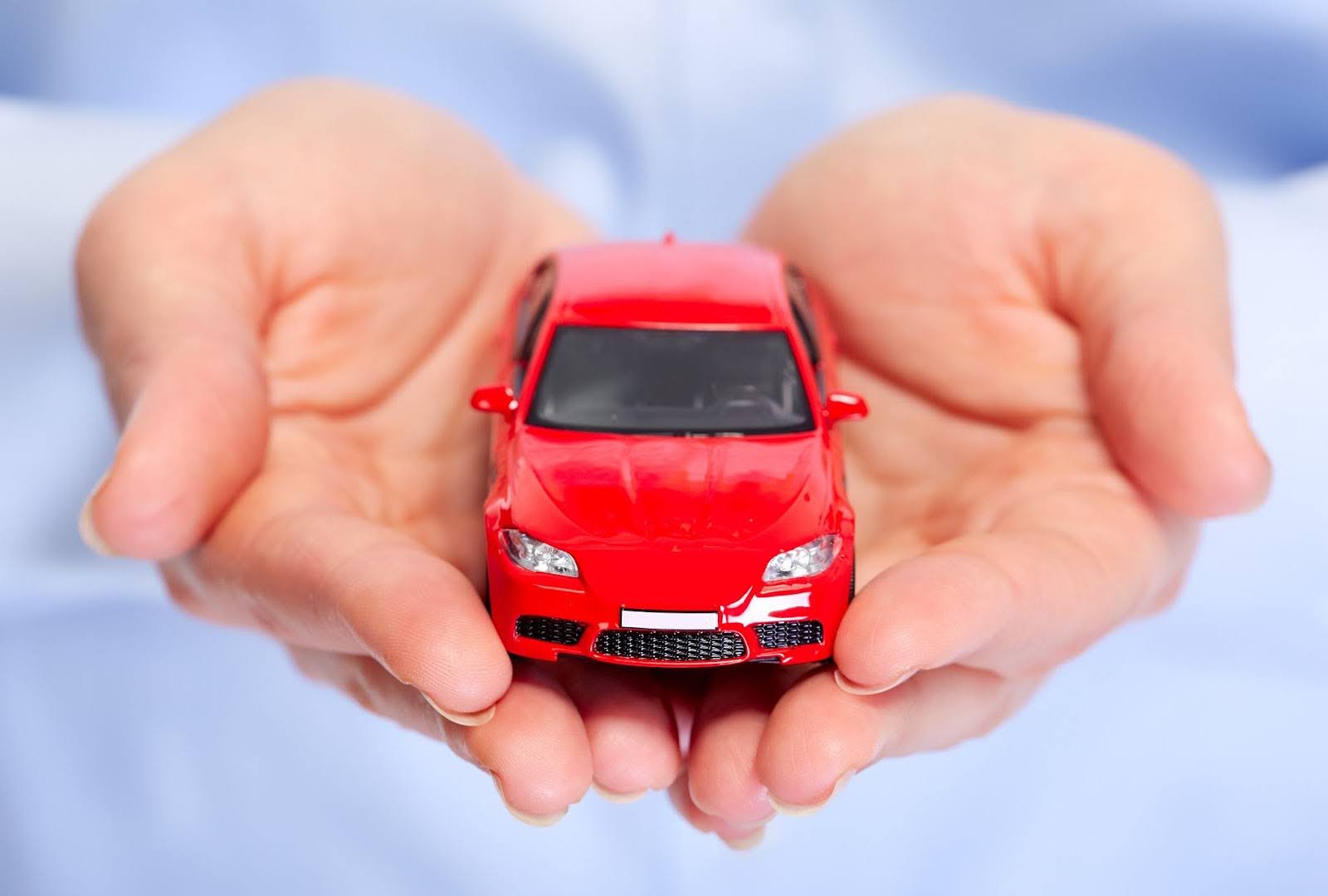Introduction
Auto insurance is essential for every vehicle owner. It provides financial protection in the event of an accident, theft, or damage. This comprehensive guide will help you understand the importance of auto insurance, the types of coverage available, and tips for choosing the right policy. By learning about auto insurance, you can ensure your vehicle and finances are well-protected.
Understanding Auto Insurance
Auto insurance is a contract between you and an insurance company that provides coverage for your vehicle. In exchange for paying a premium, the insurance company agrees to cover certain costs associated with accidents, theft, or other damages. Auto insurance not only protects your vehicle but also helps safeguard your finances from unexpected expenses.
Why You Need Auto Insurance
Auto insurance is crucial for several reasons:
- Legal Requirement: In many places, having auto insurance is mandatory. Driving without insurance can result in fines, license suspension, or other penalties.
- Financial Protection: Auto insurance helps cover the costs of repairs, medical bills, and legal fees in the event of an accident.
- Peace of Mind: Knowing you have coverage provides peace of mind while driving, ensuring you’re protected from unexpected financial burdens.
Types of Auto Insurance Coverage
There are various types of auto insurance coverage, each offering different levels of protection. Understanding these options can help you choose the best policy for your needs.
Liability Coverage
Liability coverage is the most basic type of auto insurance and is often required by law. It includes:
- Bodily Injury Liability: Covers medical expenses, lost wages, and legal fees if you cause an accident that injures someone else.
- Property Damage Liability: Pays for damages to another person’s property, such as their vehicle, if you are at fault in an accident.
Collision Coverage
Collision coverage pays for the repair or replacement of your vehicle if it is damaged in an accident, regardless of who is at fault. This type of coverage is essential for protecting your vehicle from costly repairs.
Comprehensive Coverage
Comprehensive coverage provides protection against non-collision events, such as theft, vandalism, natural disasters, and animal collisions. It helps cover the cost of repairing or replacing your vehicle in these situations.
Personal Injury Protection (PIP)
Personal Injury Protection (PIP) covers medical expenses, lost wages, and other related costs for you and your passengers, regardless of who is at fault in an accident. This coverage is particularly beneficial in states with no-fault insurance laws.
Uninsured/Underinsured Motorist Coverage
Uninsured/Underinsured Motorist Coverage protects you if you are involved in an accident with a driver who does not have insurance or whose insurance is insufficient to cover the damages. This coverage helps pay for medical expenses and vehicle repairs.
For more details on options available for repair insurance, check out our guide on auto repair insurance options.
Tips for Choosing the Right Auto Insurance Policy
Selecting the right auto insurance policy can be overwhelming, but these tips can help you make an informed decision:
Assess Your Needs
Consider your driving habits, the value of your vehicle, and your financial situation when choosing coverage. If you have a new or expensive car, comprehensive and collision coverage might be essential. If you drive an older vehicle, liability coverage may suffice.
Compare Quotes
Get quotes from multiple insurance providers to compare prices and coverage options. Look for discounts and consider bundling policies, such as auto and home insurance, to save money.
Check the Insurer’s Reputation
Research insurance companies to ensure they have a good reputation for customer service and claims handling. Reading reviews and checking ratings from independent agencies can provide valuable insights.
Understand the Policy Details
Read the policy thoroughly to understand what is covered and any exclusions or limitations. Pay attention to deductibles, coverage limits, and additional benefits like roadside assistance.
To understand the benefits of opting for full coverage, read our detailed post on full coverage auto insurance benefits.
Conclusion
Auto insurance is a crucial aspect of vehicle ownership, providing financial protection and peace of mind. By understanding the different types of coverage and assessing your needs, you can choose the right policy to protect your vehicle and finances. Remember to compare quotes, check the insurer’s reputation, and read the policy details carefully. With the right auto insurance, you can drive with confidence, knowing you are well-protected against unexpected events.
Ready to protect your vehicle and finances with My Insurance Corner? Start comparing quotes today and find the best coverage for your needs!
- Why do I need auto insurance?
Auto insurance is essential because it provides financial protection in case of accidents, theft, or damage to your vehicle. It also helps cover medical expenses and legal fees if you injure someone else or damage their property. - What types of coverage are available in auto insurance?
Auto insurance typically includes liability coverage, which covers injuries and damages to others, as well as collision and comprehensive coverage for your own vehicle. Additional options like personal injury protection and uninsured motorist coverage may also be available. - How can I save money on auto insurance?
You can save money on auto insurance by comparing quotes from different insurers, taking advantage of discounts for safe driving, bundling policies, and maintaining a good credit score. - What factors affect the cost of auto insurance premiums?
Several factors influence auto insurance premiums, including your driving record, age, location, type of vehicle, coverage limits, and deductible amount. - What should I do if I’m involved in an accident?
If you’re involved in an accident, first ensure everyone is safe, then exchange information with the other party and contact your insurance company to file a claim. It’s important to document the accident scene and any damages to vehicles or property.


